Richard Florsheim - Paris Seine - Original Lithograph 1964 Dimensions: 30 x 20 cm Edition of 200 (one of the 200 on Vélin de Rives) Mourlot Press, 1964 Biography Richard Aberle Florsheim was born into a wealthy family on October 25, 1916, in Chicago, Illinois. He attended the Chicago Latin School (1923–34), and the University of Chicago (1935-36), and in the interim, studied in New York with Aaron Bohrod (1934–35). His father subsidized his independent study in France, Italy, central Europe, and the Near East (1936–38). In France he met artist Emile Bernard, and spent time in his studio and visiting museums. He exhibited in France in the late 1930s with the Salon des Refusés, and the Musée du Jeu de Paume honored him by purchasing one of his paintings, Don Quixote. In 1937, he met Helen Porfirieff. They married in 1948. By the summer of 1939, Florsheim’s father no longer supported him and he returned to Chicago, renting a studio on North Avenue. He began working in lithography in 1940 and was included in a two-man show at Quest Gallery, Chicago. In 1942, Florsheim enlisted in the U.S. Navy and served in the Pacific theater as a cartographer and obtained patents for his radar plane-spotting technique. After the war, he resumed his artistic career, exhibiting widely. He helped found the Artists’ League of the Midwest with Artists’ Equity Association of New York, later becoming president of National Equity. In 1947–51, he exhibited at Milwaukee Art Institute and mounted two shows at Luyber Galleries, New York. He also taught at King-Smith School in Washington, DC, and Layton School of Art, Milwaukee (1949–50). With its vibrant, almost acid-tinted colors and abstracted treatment of the landscape as patterns, shapes, and hues, Harbor Lights is typical of Florsheim’s modern paintings. Eliot Alexander could have been describing that work in particular when he wrote in Time magazine: “Florsheim points out that man-made lights are also a part of nature and adds new dimensions to the ordinary conception of what is beautiful.” Florsheim’s study of electrical light constitute what we might call today the “built environment”—emphasizing man’s influence on nature. Florsheim had a summer home in Provincetown, MA, and was a trustee and honorary vice president of Provincetown Art Association. In 1965 he was appointed to the Illinois State Art Council. He was also a member of the Audubon Artists and Society of American Graphic Artists. He died in 1979.
Richard Florsheim - Parigi Senna - Litografia originale 1964 Dimensioni: 30 x 20 cm Edizione di 200 (una delle 200 su Vélin de Rives) Mourlot Press, 1964 Biografia Richard Aberle Florsheim nasce in una famiglia benestante il 25 ottobre 1916 a Chicago, Illinois. Frequentò la Chicago Latin School (1923-34), e l'Università di Chicago (1935-36), e nel frattempo studiò a New York con Aaron Bohrod (1934-35). Suo padre sovvenzionò i suoi studi indipendenti in Francia, Italia, Europa centrale e Vicino Oriente (1936-38). In Francia incontrò l'artista Emile Bernard e trascorse del tempo nel suo studio e visitando i musei. Espone in Francia alla fine degli anni trenta con il Salon des Refusés, e il Musée du Jeu de Paume lo onora acquistando uno dei suoi dipinti, Don Chisciotte. Nel 1937, incontrò Helen Porfirieff. Si sposarono nel 1948. Nell'estate del 1939, il padre di Florsheim non lo mantenne più e lui tornò a Chicago, affittando uno studio sulla North Avenue. Iniziò a lavorare in litografia nel 1940 e fu incluso in una mostra di due persone alla Quest Gallery di Chicago. Nel 1942, Florsheim si arruolò nella Marina degli Stati Uniti e servì nel teatro del Pacifico come cartografo e ottenne dei brevetti per la sua tecnica di rilevamento radar degli aerei. Dopo la guerra, riprese la sua carriera artistica, esponendo ampiamente. Contribuì a fondare la Lega degli Artisti del Midwest con l'Artists' Equity Association di New York, diventando poi presidente della National Equity. Nel 1947-51, espose al Milwaukee Art Institute e allestì due mostre alla Luyber Galleries di New York. Insegnò anche alla King-Smith School di Washington e alla Layton School of Art di Milwaukee (1949-50). Con i suoi colori vibranti, quasi acidi, e il trattamento astratto del paesaggio come modelli, forme e sfumature, Harbor Lights è tipico dei dipinti moderni di Florsheim. Eliot Alexander avrebbe potuto descrivere quest'opera in particolare quando scrisse sulla rivista Time: "Florsheim sottolinea che anche le luci create dall'uomo fanno parte della natura e aggiunge nuove dimensioni alla concezione ordinaria di ciò che è bello" Lo studio di Florsheim sulla luce elettrica costituisce ciò che oggi potremmo chiamare "ambiente costruito", sottolineando l'influenza dell'uomo sulla natura. Florsheim aveva una casa estiva a Provincetown, MA, ed era un fiduciario e vice presidente onorario della Provincetown Art Association. Nel 1965 fu nominato nel Consiglio Statale d'Arte dell'Illinois. Era anche membro della Audubon Artists e della Society of American Graphic Artists. Morì nel 1979.
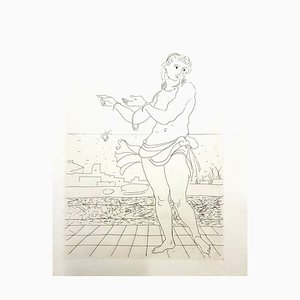

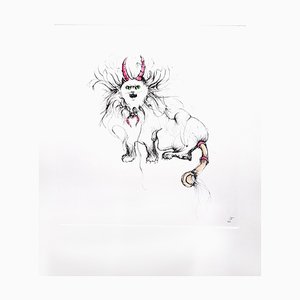
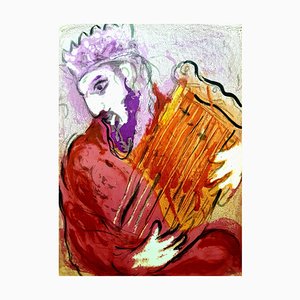
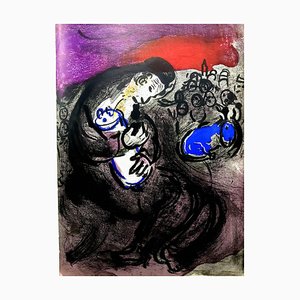
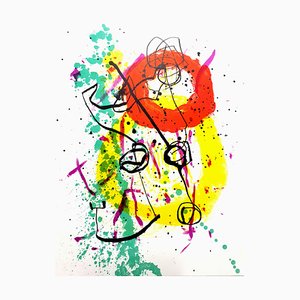
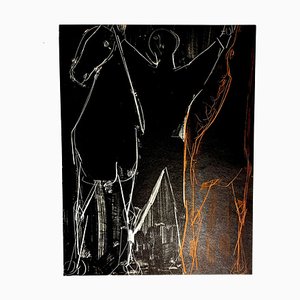
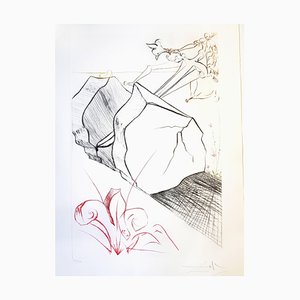
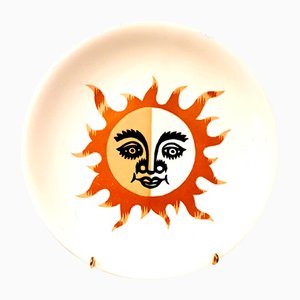
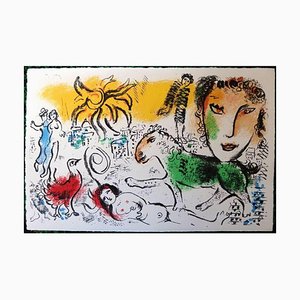
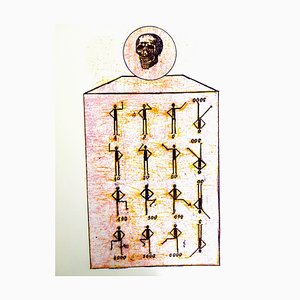


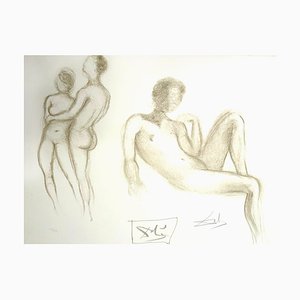
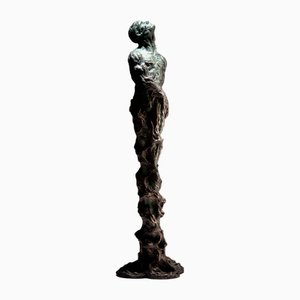
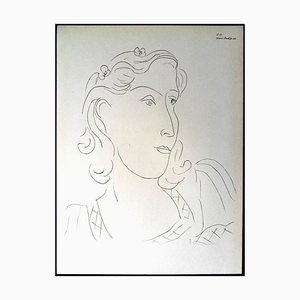
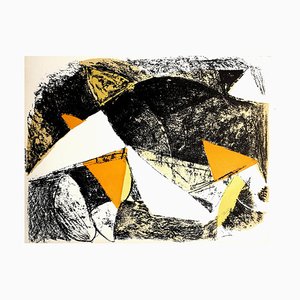
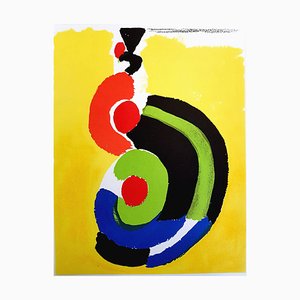
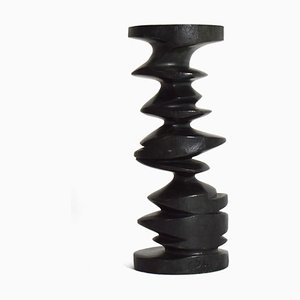

Contattaci
Fai un'offerta
Abbiamo notato che sei nuovo su Pamono!
Accetta i Termini e condizioni e l'Informativa sulla privacy
Contattaci
Fai un'offerta
Ci siamo quasi!
Per seguire la conversazione sulla piattaforma, si prega di completare la registrazione. Per procedere con la tua offerta sulla piattaforma, ti preghiamo di completare la registrazione.Successo
Grazie per la vostra richiesta, qualcuno del nostro team vi contatterà a breve.
Se sei un professionista del design, fai domanda qui per i vantaggi del Programma Commerciale di Pamono